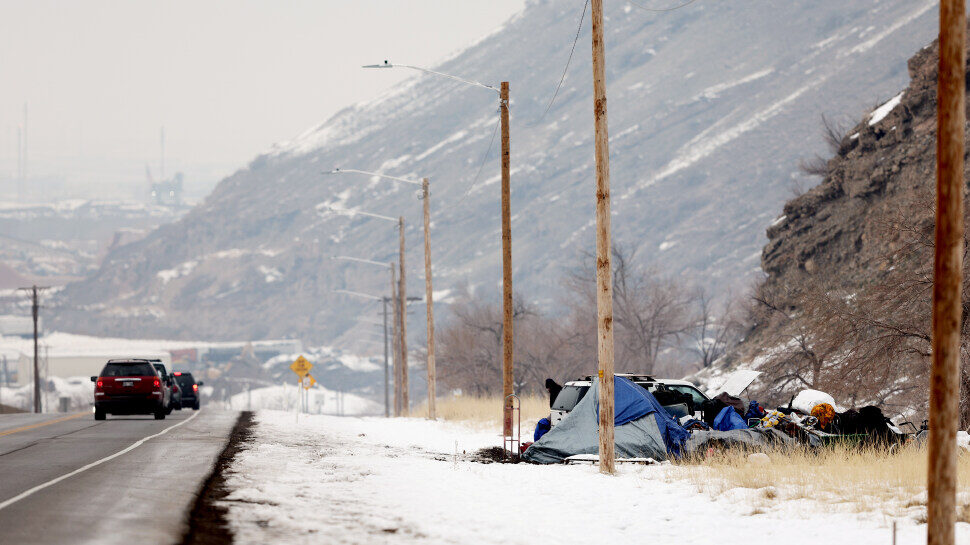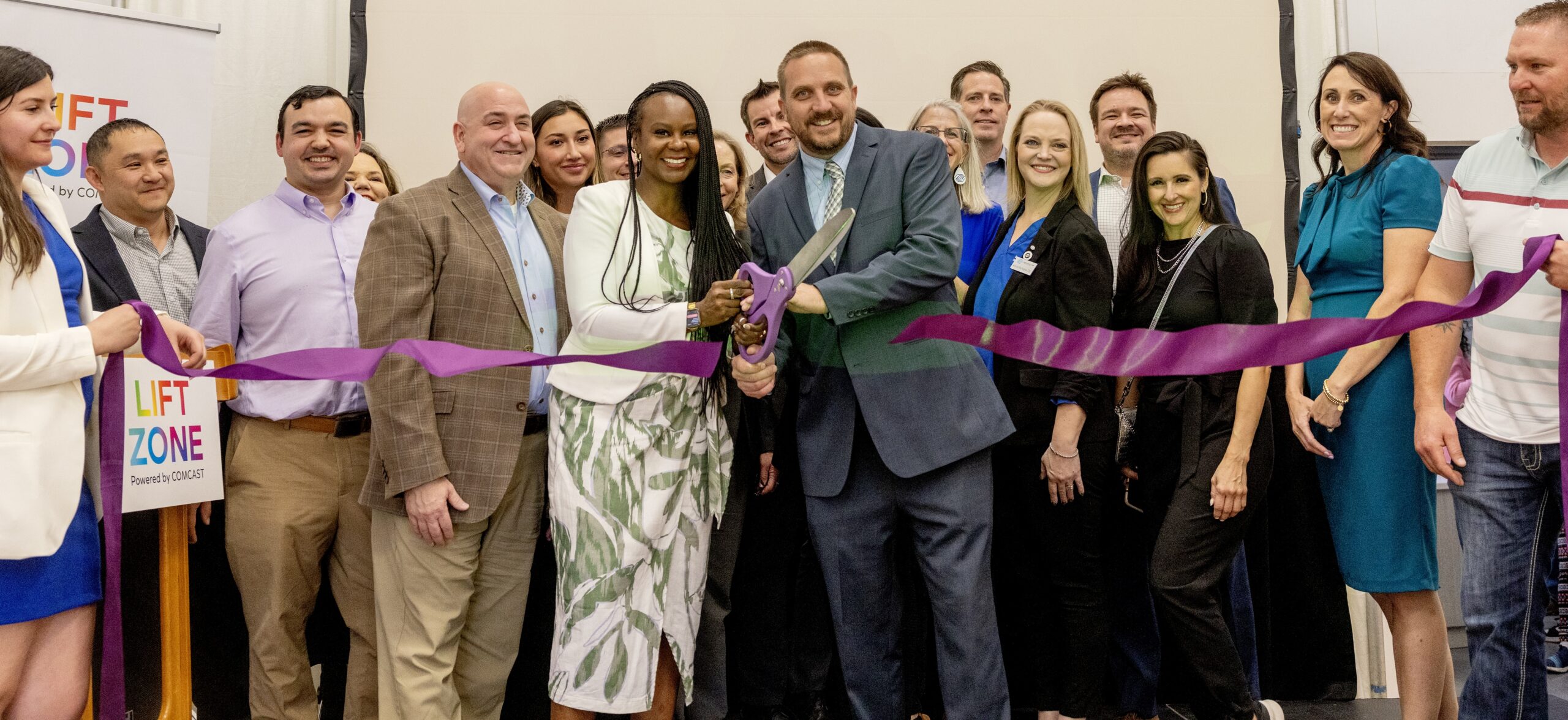Utah leads nation in housing unit growth, so why did privately owned units drop?
May 23, 2024, 6:34 AM | Updated: May 28, 2024, 9:04 am

New homes in the Cold Spring Ranch community are pictured in Lehi on March 28. Utah home prices are showing no signs of slowing, with an almost 6% increase since 2023. Should these numbers scare you? (Laura Seitz, Deseret News)
(Laura Seitz, Deseret News)
SALT LAKE CITY — No other state is padding its housing stock like Utah when it comes to housing unit percentage growth.
The Beehive State’s housing stock jumped 2.5% between 2022 and 2023, the Census Bureau reported last week. It topped the nation in the category for the third straight year.
Yet despite this growth, residents and visitors alike may have noticed there aren’t as many single-family homes or multifamily projects in 2023 as a few years ago. Indeed, federal data shows the number of new privately owned housing units dropped again in 2023 after a massive surge in 2021.
Housing unit growth vs. private ownership
So while Utah’s housing stock continues to rise at a faster clip than any other state, the Census Bureau — analyzing building permit data — reports new private ownership housing has plummeted from a record-high 39,058 units in 2021 to 31,749 in 2022 and 25,361 in 2023.

This graph shows new privately owned single-family and multifamily housing units authorized in Utah from 2010 to 2023. (Photo: U.S. Census Bureau)
Last year’s total was a 20% dip in year-over-year and a 35% drop from two years ago.
What’s the deal?
A few different factors are playing into these differing trends; however, these numbers are mostly emblematic of the state’s growth and the impact that the COVID-19 pandemic had on the national housing market, says James Wood, Ivory-Boyer senior fellow at the University of Utah Kem C. Gardner Policy Institute.













